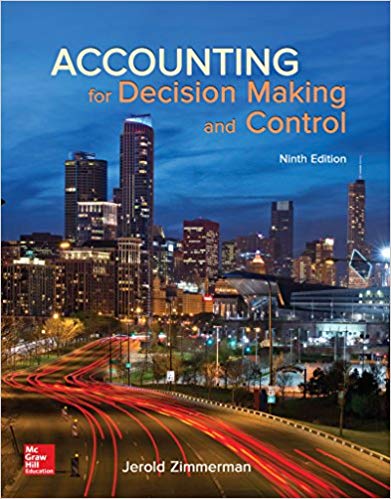In 1995, Global Oil Corporation's Marketing and Refining (M&R) Division was the fifth largest U.S. refiner with
Question:
In 1993, M&R reorganized from a centralized functional organization (Refineries, Transportation, Warehousing, Retail, and Marketing) into 17 geographic business units (sales and distribution) and 14 service companies. The functional organization was slow to react to changing market conditions and the special customer needs that differed across the country. The new decentralized organization was designed to better focus on the customer. New marketing strategies could be better tailored to local markets by giving local managers more decision-making authority.
A new corporate strategy to focus on the less price-sensitive customer who would not only buy Global gas but also shop in its convenience gas-store outlets was implemented simultaneously with the reorganization. Global's new strategy was to redesign its convenience stores so they would become a "destination stop," offering one-stop shopping for gas and snacks.
The old organization used a variety of functional measures: manufacturing cost, sales margins and volumes, and health and safety metrics. After changing its corporate strategy and organizational structure, M&R decided to change its performance metrics and began investigating the balanced scorecard
Balanced scorecard (BSC) at M&R
M&R formed project teams of managers to design performance metrics for its operations. Thirty-two different metrics were identified. These included Financial (ROA, cash flow, volume growth, etc.), Customer (share of segment, mystery shopper, etc.), Internal (safety incidents, refinery ROA, inventory level, etc.), and Learning (strategic skills accumulation, quality of information system, etc.). The "mystery shopper" is a third-party vendor who purchases gas and snacks at each station monthly. During each visit, the mystery shopper rates the station on 23 items related to external appearance, rest rooms, and so forth. A brochure describing the BSC was prepared and distributed to M&R's 11,000 employees in August of 1994. Extensive meetings with employees explained the new metrics and the BSC concept.
Compensation plans
All salaried employees of M&R received up to a 10 percent bonus if Global ranked first among its seven competitors on ROA and earnings per share (EPS) growth. In addition to this existing plan, a new program was added that awarded bonuses of up to 20 percent to managers. The size of the bonus depends on the average performance of three factors:
• Global's competitive ranking on ROA and EPS growth.
• M&R's balanced scorecard metrics.
• Own business unit's balanced scorecard.
In 1995, M&R generated more income per barrel of oil than the industry average, and its ROA exceeded the industry's average.
Required:
a. Critically evaluate M&R's implementation of the balanced scorecard. Identify any strengths and weaknesses of the program.
b. Was the adoption of the balanced scorecard at M&R responsible for the turnaround in its financial performance?
Fantastic news! We've Found the answer you've been seeking!
Step by Step Answer:
Related Book For 

Accounting for Decision Making and Control
ISBN: 978-1259564550
9th edition
Authors: Jerold Zimmerman
Question Posted:





